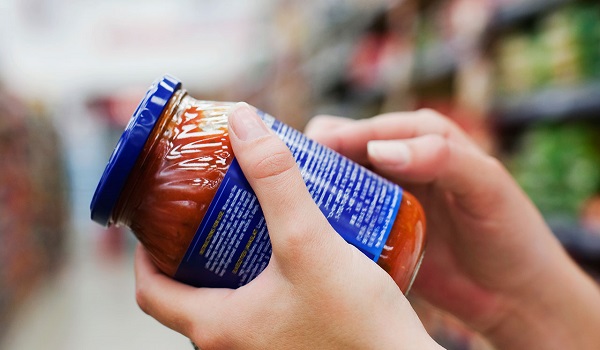Clean-label products have now started moving into the mainstream. The ingredients for these new formations often have special needs, including the need for clean-label bitter blockers, flavour maskers, flavour potentiators, and flavour extenders.
Ingredient Labelling must include the names of any modifying ingredients, presenting the challenge of finding flavour modifiers to match their products’ attributes. In some cases, desirable profiles such as sweetness, richness, and specific subtle undertones or overtones can be lost during processing. In other cases, the addition of enhancements, such as caffeine, cannabinoids, or vitamins, or some of the components used in plant-based meats, dairy alternatives, and other on-trend, better-for-you products, carries undesirable flavours and off-notes.
Flavour-masking agents are designed to distract the palate from unwanted flavour notes, while flavour blockers bind directly with taste receptors, stopping the taster from experiencing the off-flavour. An example is glycyrrhizic acid, derived from liquorice extract, which functions by creating lingering sweetness that can cover up any undesired flavours. Some masking agents are made with simple, clean-label ingredients. Sucrose and vanilla extract are two great examples. They sweeten and distract the tongue from the undesirable flavour attribute.
Herbs, spices, and chilli peppers function formidably as natural flavour modifiers. Generally used as flavour enhancers, these natural ingredients can also act as maskers. The key when using these natural alternatives is to find the right balance between the natural flavour of the chosen enhancer or masking agent and the formulation’s overall flavour.
Flavour potentiators are designed to enhance flavour or mouthfeel. In the savoury category, boosters are made from vegetable extracts, yeast extracts, amino acids, or fermented forms of soy, mushrooms, and certain vegetables. Glutamic acid is the common denominator in all of these products. Glutamic acid compounds occur naturally in foods such as mushrooms, seaweed, tomatoes, cheese, yeast extracts, and fermented soy sauce. Extracts, powders, and concentrates of all these products can be used to boost umami and kokumi notes and reduce sodium.
While these ingredients have a centuries-old history of use as flavour enhancers, ingredient technology is building them out. An example of how such technology is expanding on these traditional ingredients is the use of tomato fibre and clear tomato concentrate to enhance the rich “tomatoeyness” and mouthfeel of tomato paste.
On the subject of sodium reduction, several ingredients can be used to achieve that aim. One option is to use a more potent salt that provides a bigger salt kick than traditional NaCl salt. A handful of sodium chloride ingredients take on different forms of salt crystals, increasing surface area. For instance, a smaller crystal, about one-fifth the size of an ordinary NaCl crystal, could be used to increase contact with the taste receptors, so less salt goes further in the formulation.
Some chemicals work specifically with the palate’s bitter taste receptors. They bind with one of 25 known taste receptor types (referred to as “T2Rs) on the tongue, inhibiting the individual receptor’s function and thus blocking the unpleasant flavour. Growing in popularity are ingredients derived from fermented mushroom mycelia that possess this trait.
The “miracle berry” (Synsepalum dulcificum) has moved from a novelty to the front line of flavour-blocking technology. The berry contains a glycoprotein (dubbed “miraculin“) that, when used in neutral pH formulas, blocks bitter receptors. However, miraculin also stimulates sweet receptors in low-pH products, causing sour foods to taste sweet. Miraculin is currently classified as an additive by the FDA but has yet to obtain GRAS status.
With so many options on the market to mask and enhance flavours, the formulator has a formidable toolbox from which to choose ingredients targeting the flavour notes that need to be reduced, magnified, or synergized. As for considerations about how such ingredients will appear on an ingredient statement, the availability of natural formats for masking or enhancing is continually expanding.
Most ingredient company technologists are well attuned to the types of applications in which enhancers and maskers are needed and can aid the formulator in tackling such challenges as cost, storage, and shelf-life requirements in addition to flavour management.


